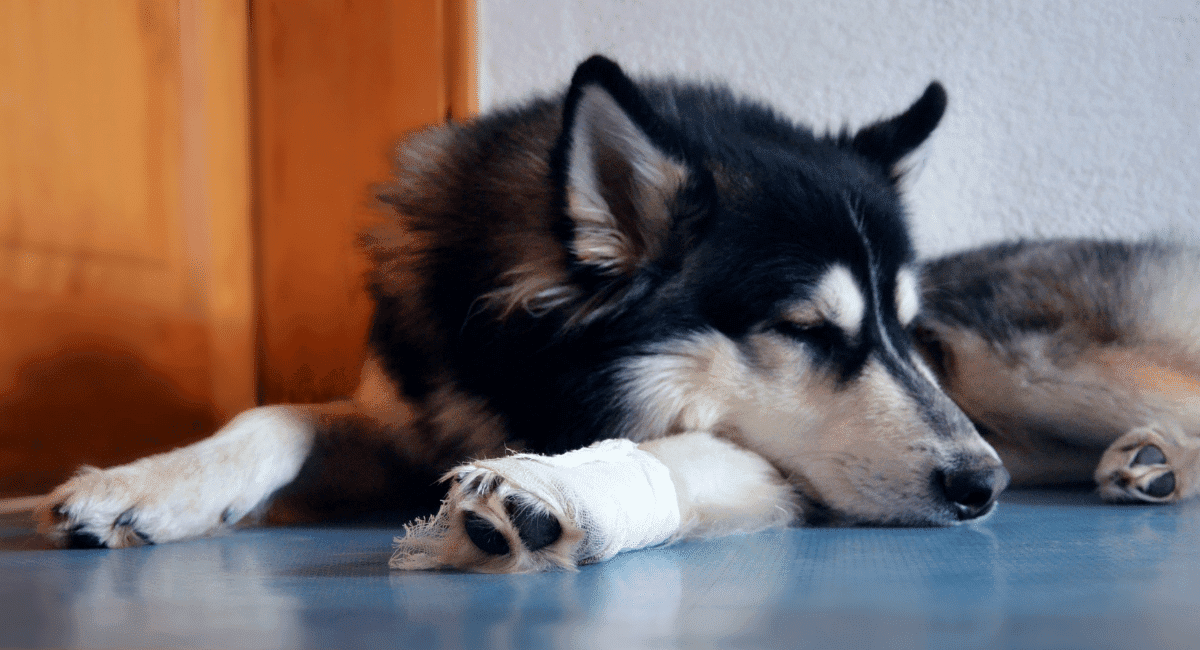Yes, You Can Help Your Pet Recover After Joint or Hip Surgery
Your pet is part of your family. They bring you joy and happiness every
day. The love between you and them forms an unbreakable bond. So, when
they need pet surgery, it’s understandable that it can be heart-breaking
or even scary for both of you.
Joint and hip problems cause
pets a lot of problems and pain. And in those instances when they need
surgery, it is important for you to know how to care for them
while they are on the path to full recovery. Whether they may be healing
from surgery for , Hip Dysplasia, or a broken bone, this blog will provide you with a good guide on
good post-op care for the four-legged love in your life. You’ll have
them back on their feet in no time!
First, take a quick look into common surgeries your vet may recommend for your pet’s hip and joint challenge.
Commonly Recommended Surgeries for Pet Hip and Joint Complications
For Dogs

Dog Hip Replacement
Total Hip
Replacement (THR) is a surgical procedure performed to get rid
of the pain your dog is experiencing due to hip dysplasia. This
involves duplicating the workings of your dog’s hip and joint
normal hip joint with a normal range of motion and limb
function. Metal and plastic implants replace the ball and socket
and are held in place with cement, metal pegs, or bone ingrowth
methods.
Arthroscopic Surgery
To minimize pain and enhance your dog’s movements your vet may recommend a surgical procedure called Arthroscopic Surgery. Small incisions are made at the affected area so the cartilage can be cleansed of debris. Other procedures are geared towards repairing your dog’s bone abnormality, restructuring part of their joint, or fusing the joints together.
For Cats
Arthritis
Although there are no
surgical procedures for arthritis in cats, you still need to take your fuzzy love to the vet for a
diagnosis. Below is a list of traditional treatments for cats
suffering from arthritis.

Cold Laser Therapy: This procedure is painless and does not penetrate your cat’s skin. Here, a vet uses a device that discharges healing light waves over your cat’s affected areas. Pain and inflammation are greatly reduced.
Injectable Joint Protectants: Injections of Glycosaminoglycans are given to your cat approximately every four weeks. These should help diminish arthritic pain. Since cats are known for their independent “leave me alone” attitudes, expect them to not be a fan of this procedure that requires them out of their comfort zones often.
Non-Steroidal Anti-Inflammatory Drugs (NSAIDs): This is the most used treatment by veterinarians to treat arthritis in cats. They will determine how long your cat will need to be taking them.
Broken Bone(Fracture)
Cats are known for their great balance. But even they can suffer a mishap and end up with a broken bone. If this should happen to your cat, no worries. Most fractures can be repaired by rebuilding the broken bone and holding it in place with metallic implants.
For such a procedure, vets frequently use the following methods:
1. A stainless steel pin is placed in the marrow cavity of the cat’s affected bone.
2. Using a plate screwed to the outside of the bone to hold it in its correct position.
3. Several short stainless steel pins are vertically placed into the bone fragments. Metal bars and clamps are then used to connect pins on the outside of the cat’s leg.
12 Tips to Get Your Pet on Their Feet After Hip and Joint Surgery

As a pet parent, you do not want to think about any of the above befalling your precious four-legged friend. But what if it does and you find out they need surgery? How do you take care of them after they come home?
You want to be sure your pet has a speedy and perfect recovery. Here’s how you can support the process with confidence:
- First and foremost, follow all instructions from your vet. Check your pet regularly for redness, swelling, or wound discharge. If you see any of these signs appear, contact your vet immediately.
- Your pet does not understand that they just had surgery and must take it easy for a while. They may want to resume their normal activities and routine. It is important that they do no jumping, running, climbing stairs, or cat towers for the first few weeks. If you are the pet parent to a cat, best of luck as you know they’re lovers of doing their own thing. You can do it!
- Not all joint and hip problems are the same. Therefore, the healing process will not be the same for each pet. Also keep in mind that the healing process and the time that it takes depends on things like their age, diet, and any pre-existing conditions they may have.
- A poor blood supply to the wound will affect the healing process in your pet. Younger pets will heal faster due to having a good blood
- supply in their bones. If your pet is older, expect their healing to take longer.
- Watch them carefully when they use the litter box or go outside. Your dog should be on a short leash and brought back in right away. Your cat may need assistance getting in and out of the litter box for a week or two.
- If your pet has a bandage, splint, cast, or other covering, they will not leave it alone. Pet collars or cones are a great idea to keep them away from the wound area. Be aware that they may be quite miserable after you’ve placed these on them.
- Never put anything on the wound unless directed by your vet. This especially applies to rubbing alcohol and peroxide as they are toxic chemicals. If applied to your pet’s wound they will cause inflammation and slow the healing process.
- If you must leave your pet alone, they should be placed in a safe, comfortable enclosure. If you will be gone for an extended time, arrange for a pet sitter.
- When you first bring your pet home, they may not want to eat. Do not be alarmed unless this continues for a few days. Contact your vet for instructions.
- Follow-up with your vet as many times as needed to ensure your pet is healing properly. Feel free to ask for tests including x-rays to be repeated. As a pet parent, it is important for you to know your precious is going to be okay.
- Use natural supplements like WALK EASY HIP and JOINT REMEDY to ease the pain and re-build the strength in their hip and joint. Best of all, you won’t need to worry about additional fussiness as the pills are so tiny and tasteless that they’ll swallow them without even knowing it. Holistic natural remedies like these will get your pet up and feeling like their old selves in no time at all!
You will be pawsitively amazed.
No need to sweat the surgery or aftercare. Follow the tips above and you will do great and your fido or feline will be back on their feet sooner than you think!
All the best!



